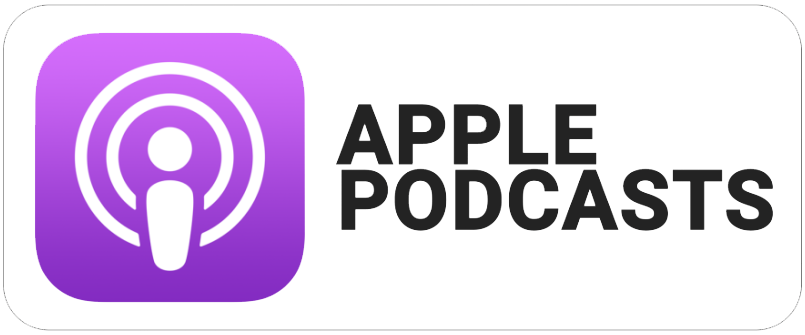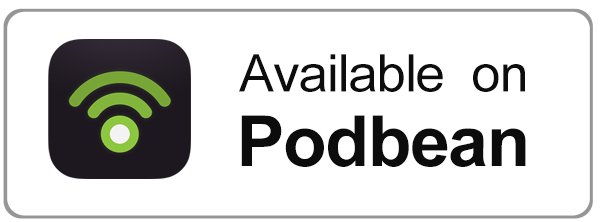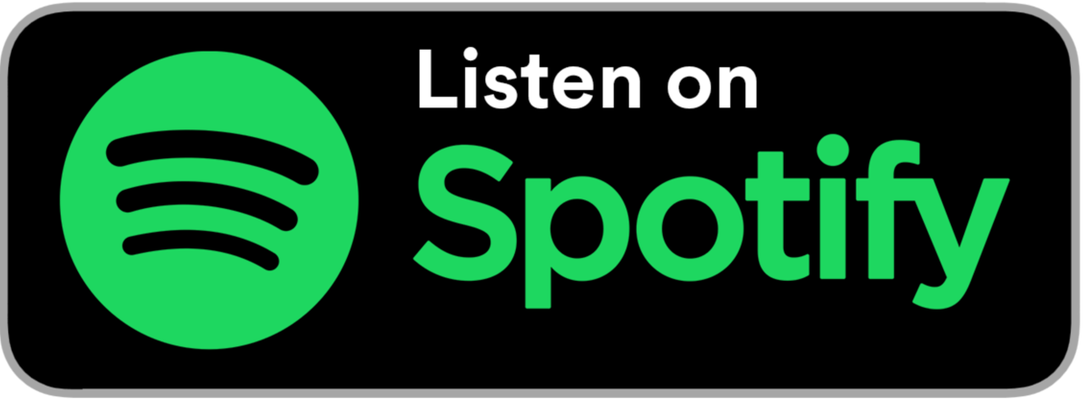Transcript
Today, we have the pleasure of speaking with one of our education consultants at BLaST Intermediate Unit 17, Dana Vermilya. Dana also specializes in assistive technology and helps in our efforts to increase STEM and Computer Science across the region.
Dana, thanks so much for joining us today to discuss educational solutions for all. Specifically, we will be discussing what remote learning can look like for our diverse learners. Are you ready to BLaST the Airwaves?
Today we have the pleasure of speaking with one of our education consultants at blast intermediate unit 17 Dana ever. Amelia Dana also specializes is an assistive technology and helps in our efforts to increase STEM and computer science across the region. Dana, thanks so much for joining us today to discuss educational solutions.
For all specifically, we’re going to be discussing what remote learning can look like for our learners with diverse needs. Are you ready to blast the airwaves? Dana?
I sure am. Thanks Becky.
Why don’t we start by telling us if you could tell us a little bit about your role here in education and maybe how it’s evolved and changed as a result of the pandemic.
Well, I am, as you said, already an educational consultant, and I work a lot with assistive technology. Another role that I have fulfilled here at the IMU and continue to do is speech and language therapy. So as a result of the pandemic, I’m finding that we’re needing a lot more online tools, but I’m also seeing a little bit of a decrease in my requests for assistive technology assistance for teens in the school districts, partially because schools are hesitant to bring extra folks in, I think, but also maybe because everybody’s using technology. So they’re trying to build some of these tools in for everybody. And also maybe because the students aren’t there with them. So they’re not seeing some of the areas of need as quickly. While the teachers are doing an awesome job of working to meet all the needs of their students, it is a really tricky time.
Yeah. I mean, we all know how difficult it is for educators right now, but it’s interesting that you bring up, uh, the accessibility for all learners. It’s almost like now teachers are forced to think about all these different ways and it’s not just specifically for this student, but now all students. So it’s, it’s kind of unique in that way of thinking of it.That’s one of the things that we can almost consider a blessing from this. Is the need to look at that accessibility for all peace and building those accessibility features in right from the start. We find that all students have a lot more success when those features are available to them. So by building that in because of this virtual world, um, we’re really meeting the needs of more of our students right from the start.
Right. Right. So my next question here, I’m a teacher, let’s say I’m a teacher. And what recommendations or suggestions would you have for me to reach my learners with these diverse needs? I know we, you and I have spent a lot of time recently with the UDL framework, the universal design for learning. So what recommendations or suggestions would you have for me?
Well, that would be my first and foremost would be to take some time to increase your knowledge, if you don’t already have it, of the UDL framework and what that means because providing these options for engagement, action and expression and representation for your students, right from the beginning, um, really does help all of our students. And the one thing we have learned as educators is, um, there is no average average really doesn’t exist. So when we’re building a lesson for the average learner, that learner really isn’t there. Um, all of our kids aren’t diverse, right? We are the most diverse country. Um, and we need to embrace that as one of our strengths and utilize that UDL framework to reach all of our students’ needs.
The other thing would be is use your resources. There’s a ton of resources out there from great, um, sites and things like that. But also again, like those of us here at the IU. Um, Chris bear and myself are available for assistive technology considerations. If you need more assistance with understanding UDL. There’s other educational consultants to support you through this process. And, you know, don’t be afraid to reach out and ask questions. There’s a ton of tools there, but sometimes. Working your way through them and trying to figure out where you want to start or what might meet your needs and the needs of your learners is a bit overwhelming.
For sure. For sure. I can’t even imagine where to start. I know with working with you, um, you really have made me open my eyes and think about, okay, when I’m designing a lesson or even if I’m designing for now, like a professional development, having that UDL framework, not just for students, but also our educators. You know? And planning with that in mind first. So I that’s, one of my biggest takeaway is when I’ve been working with you with UDL. So awesome. Well, we usually take some questions from the field. And so Dana, what is one tool you would recommend for remote learning right now? I know you have tons, but what’s one of your go-to.
It’s really hard to just pick one. But I think a lot of our schools are Google school are using Google. So there are some accessibility features built into Google or extensions, uh, that can be added to the Google platform to support our students. The text to speech. Excuse me. I said that backwards, the speech to text features that are Google are pretty effective.So if you have students that struggle with writing, that might be something to consider for those longer assignments and things like that for them. Now that a lot of our kids are one-to-one with devices, um, and looking into those extensions for Google that will allow the, uh, tech speech or, you know, even just different tools that will limit how much is on the page for distractors, um, different tools like that. There are some tools that you can use for highlighting features, uh, Read and Write for Google is something that are educators can get a free account for, just one account. But as an educator, if you sign up through your school email, um, they will verify that you’re a teacher and they will give you full access to their full program. So that might be something to take some time and, and work with. That gives a lot of features to help our diverse learners. Really, all kids can benefit from that.
Yeah, that, that one is really fantastic. And I’ve been hearing a lot of great things about that, uh, that program right there. So that’s a lot that teachers can, can dive into. I never realized until I started working at the intermediate unit, um, a lot of the different accessibility features. And when you’re planning assignments and thinking about things, I never realized how much that you should think about and consider like, like you said, not having as much clutter on a page or, you know, any of that stuff. I never realized it when I was in the classroom. So, um, sorry,
The key piece to that really is knowing the devices that your students are using. And then looking at what features are built in. We have a lot of features that are already built into the devices. Now they’re improving that really each year. So about taking some time to get to know that and see what’s already built in. You can increase your cursor size, you can change the color, you know, you can change your screen, color. All of those things that different students benefit from, uh, and just taking the time to check that stuff out really might make a difference for your students.Yeah. And what, what for us, we think are little changes, may be a huge difference to the students; and, I think that’s important to keep in mind. So. Awesome. Well, now it’s time for our favorite part, while I know it’s definitely one of my favorite parts, to get to know our guests on the show our blast five. We’re going to blast you with five rapid questions, Dana, for you to quickly answer and they are all related to the topic that we’re discussing or just even your personal opinion, too. Um, are you ready for this?
I hope so.
All right. The first one. What is your favorite resource?
For me personally? It’s my statewide AT groups. So that’s not something that everybody can access. But, uh, I access that regularly.
Awesome. Your favorite strategy?
Oh, that’s a hard one. My favorite strategy. I guess it depends on what the area of need is.
Maybe it’s a go-to.Oh, that’s tricky for me personally, I would say, um, speech to text with like voice recording and things like that. That’s something that I use a lot. I use it with my kids. If they have big projects like that don’t require writing, but they have to put things together for it to lessen their stress over that.
For sure. For sure. What about your favorite read? I know you’re an avid reader. What is your favorite read?
I don’t really have a favorite read, but recently I read The Things We Cannot Say. I loved it. Uh, and it kind of relates to my job, because there’s a student in the book with autism who uses communication device.
Interesting. Great. And your favorite website right now?
Probably Google, because I can look things up everything, right.
Everything.
But I also enjoy Practical AAC and the blog and some of the tips and things they do on there.
Okay. And the last one, what is your favorite color?
Green.
Mm, You do wear a lot of green, but that’s awesome.
Different shades. I’m a big fan of green.
Wonderful. Well, Dana, we cannot thank you enough for your time today. And we know our listeners enjoyed it too. I’m sure that they’re going to want to possibly connect with you in the future. What are some best ways for our listeners to connect with you? Are they able to reach out via Twitter or would you prefer email? I can drop your email in the show notes.
Um, absolutely. Email is probably the quickest. I am on Twitter. It’s at @DanaVSLP. Although my presence there depends on the business of my day.
No problem.
Uh, email though, that definitely if you have questions or want some support with things for me.
Wonderful. So this has been a blast, Dana. Again, no pun intended, but thank you for taking some time today to connect with us and our listeners. It was a pleasure to have you on the podcast, take care, and I’m sure that you and I will be talking soon.
Thanks.
We would like to thank you for blasting the airwaves with us today. If you like the show, please subscribe or leave a review. If you want to know more. Check out www.iu17.org for further resources and show notes. As always, we want to thank you for what you do every single day. Remember, keep shining. We’ll be back next episodes to provide you another educational solution for all as we continue to transform lives and communities through educational services.
Additional/Suggested resources mentioned in the episode:
The Distance Learning Playbook by Douglas Fisher, Nancy Frey, and John Hattie
Dana Vermilya – dvermilya@iu17org
BLaST Intermediate Unit 17 – www.iu17.org
Professional Learning Opportunities at BLaST IU 17 – https://www.iu17.org/professional-learning/



